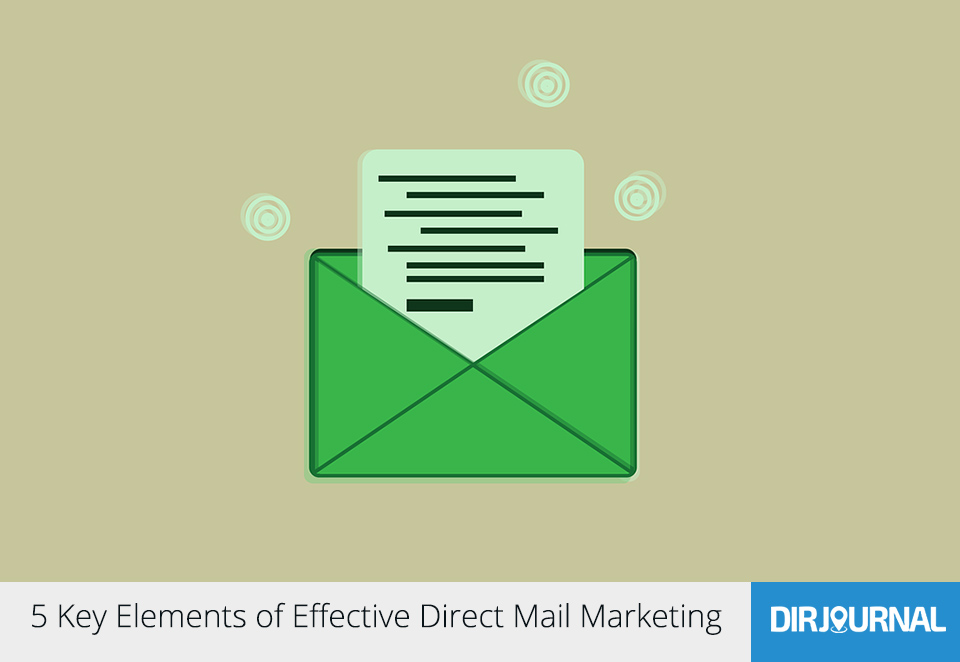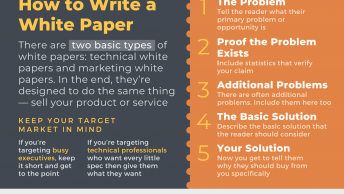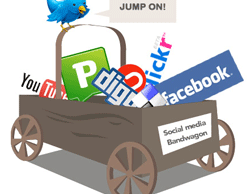Even in the “Digital Age,” old-school direct mail marketing gets a higher response rate and better ROI than do most email marketing campaigns. A balanced, full-orbed approach that covers multiple channels of contact is best, but your direct mail campaign is arguably the most important element to include.
Goals of direct mail marketing vary from reactivating past customers to generating new leads to making immediate sales through special promotional offers. But whatever your specific goal(s), here are five key factors that can help you to meet them:
1. Optimized Envelopes
Choosing the best business envelopes to fit the purpose, style, and content of your direct mail campaign is an oft-overlooked but critically important element to consider. You shouldn’t judge a book by its cover, but many will in fact judge your direct mail content by a first impression. And the very first thing your prospects will see is the envelope.
By custom-printing your envelopes, letting a recipient name and/or offer headline show through a single or double envelope window, or choosing a specific color, you can create an immediate impression and convey basic information even before the envelope is opened. And sizing envelopes for booklets/catalogs or adding extra features like self-sealing or security-tinting are yet further ways you can enhance your campaign by your choice of envelope.
2. Save on Postage
Postage will be your number one expense in any direct mail campaign. Saving by opting for standard USPS mailing over first class adds up. And the more you save, the more pieces you can mail for the same investment.
For a saturation campaign in the local area immediately surrounding your business, consider the USPS Every Door Direct Mail program. This will save you a bundle per item mailed and eliminate the need to form your own mailing list. It will require you mail to every residence on the mailing route, however.
3. Personalize as Much as Possible
We live in an age of prolific mass de-personalization, something people wish desperately to escape from. Anything you can do to put a “personal touch” on each piece you mail out will work in your favor.
Make your envelope, page layout and graphics, headline and content, and special offers as unique as possible. Mention local places, people, things, events, and news. And always include the recipient’s first name only at the beginning of the letter or other mail to make it seem more familiar, versus just saying “Mr. or Mrs. so-and-so.”
4. Don’t Be Subtle With the CTA
Remember that some 80% of direct mail recipients at least open the envelope, out of pure curiosity if for no other reason. That is a much higher rate than with email, where 50% opening the message would be doing well. Don’t waste that opportunity by, after presenting information of interest to your prospect, ending without a clear call to action.
There may be marketing contexts where avoiding a too-direct or obvious CTA would be smart, but not with direct mail. People tend to skim it quickly and immediately look for what you are asking them to do. If they don’t understand what your offer is without delay, your mail will probably be promptly tossed without a second thought.
5. Follow Up With In-Depth Analysis
Conducting a successful direct mail campaign without tracking and analysis is like cooking a great meal but not being able to replicate it because you didn’t write down the recipe. Conversely, you cannot expect to improve if you don’t track and segment response rates and conduct A/B tests with control groups. Luckily, direct mail is easy to track, yielding important data like cost-per-new-customer, overall ROI, and demographically segmented response rates.













